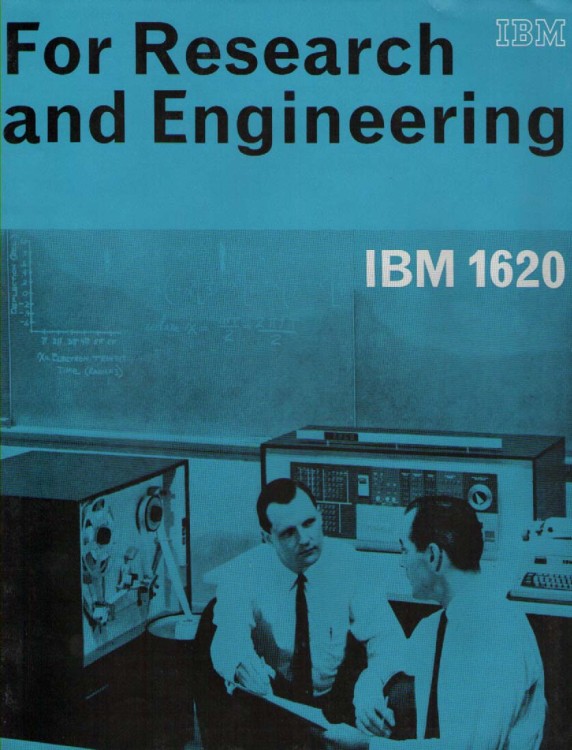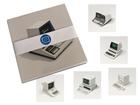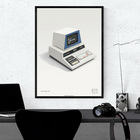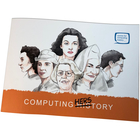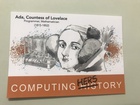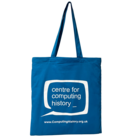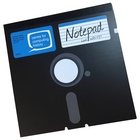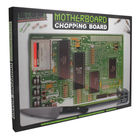IBM 1620 for Research & Engineering
|
Illustrated six-page promotional leaflet for Research & Engineering on the IBM 1620. The IBM 1620 was announced by IBM on October 21, 1959, and marketed as an inexpensive "scientific computer". After a total production of about two thousand machines, it was withdrawn on November 19, 1970. Modified versions of the 1620 were used as the CPU of the IBM 1710 and IBM 1720 Industrial Process Control Systems (making it the first digital computer considered reliable enough for real-time process control of factory equipment). Being variable word length decimal, as opposed to fixed-word-length pure binary, made it an especially attractive first computer to learn on — and hundreds of thousands of students had their first experiences with a computer on the IBM 1620. Core memory cycle times were 20 microseconds for the Model I, 10 microseconds for the Model II (about a thousand times slower than typical computer main memory in 2006). Many in the user community recall the 1620 being referred to as CADET, jokingly meaning "Can't Add, Doesn't Even Try", referring to the use of addition tables in memory rather than dedicated addition circuitry. For an explanation of all three known interpretations of the machine's code name see the section on the machine's development history. We are extremely grateful to both Dawn and Kim Wakefield for the kind donation of the collection of their late father Richard Wakefield. Date : 1959Creator : IBM Physical Description : Brochure This exhibit has a reference ID of CH15929. Please quote this reference ID in any communication with the Centre for Computing History. |
|

